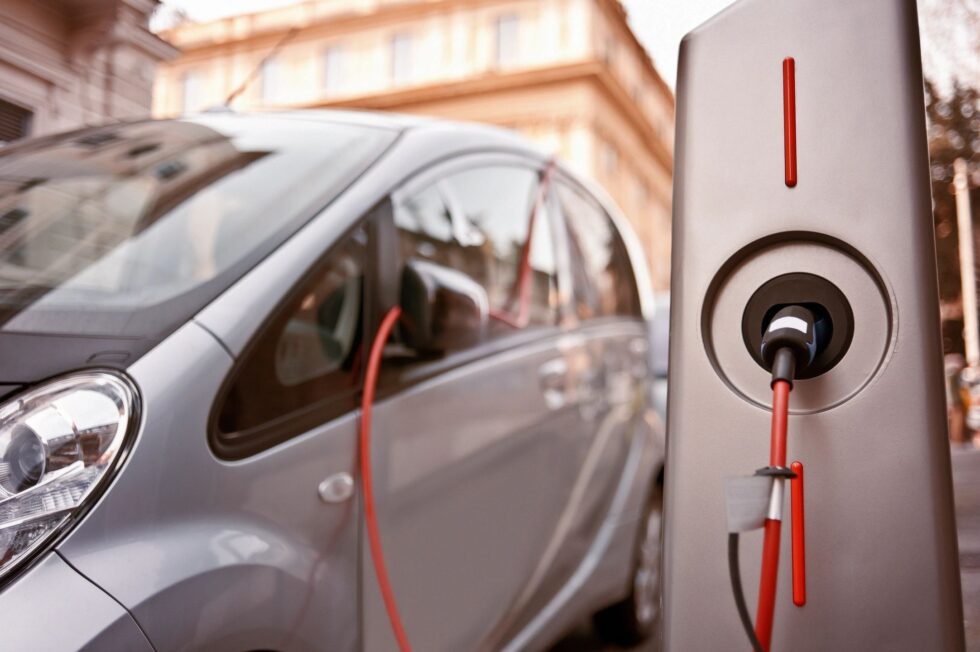
How long does it take for an electric vehicle (EV) to have a smaller carbon footprint than a gasoline-powered vehicle?
As with most complex issues, the answer is: It depends.
Currently, the energy to produce the battery causes the average initial EV carbon footprint to be twice that of a gasoline vehicle. (The actual difference depends upon the battery size).
This value has decreased over the last decade due to productivity increases in battery production and should further decrease due to improvements in battery chemistry.
Most EVs produced in the U.S. today have a Lithium-ion battery made with lithium, cobalt and nickel. Lithium and nickel are mined in many U.S.-allied countries, but 73% of the world’s nickel is mined in China, which causes mining and supply chain concerns.
Lithium-ion batteries can also have thermal issues, as we have seen with some brands of laptops, smartphones, and EVs catching fire.
These issues have been resolved with the Lithium Iron Phosphate battery, which uses iron instead of nickel and cobalt. This battery is being widely used in China, and most EV manufacturers in the US are beginning to use it. The production carbon footprint for these batteries is 20% less than Lithium-ion batteries.
A leading contender for the next generation battery is the Sodium-ion battery made with sodium, iron and manganese, which are abundantly available. This battery is expected to cost about 1/3rd less than the Lithium-ion battery.
Research is continuing to improve the battery’s range. China is currently producing small EVs with this battery. In the US, they are being produced for storage facilities, and are being developed for use in EVs.
After production, EVs have a smaller carbon footprint than gasoline vehicles, but the amount to break even varies depending on the energy source used to charge the EV.
Dominion plans to continue phasing out their remaining oil and petroleum generation units. So, if you charge your car at night during spring and fall, there’s a chance you’re using clean energy. Otherwise, you’re likely using natural gas, at least until Dominion significantly increases their green power generation (or you install solar panels).
Based on using natural gas power for charging, an EV should have a smaller carbon footprint after 15,000 miles with the Lithium-ion battery; 12,000 miles with the Lithium Iron Phosphate battery; and less than half of those numbers if using green energy to charge the car.
So, after about a year of driving, an EV has broken even with a gasoline vehicle, and is generating about half of the carbon emissions even when being charged with power generated from natural gas.
by Bruce Saller
GUEST WRITER





